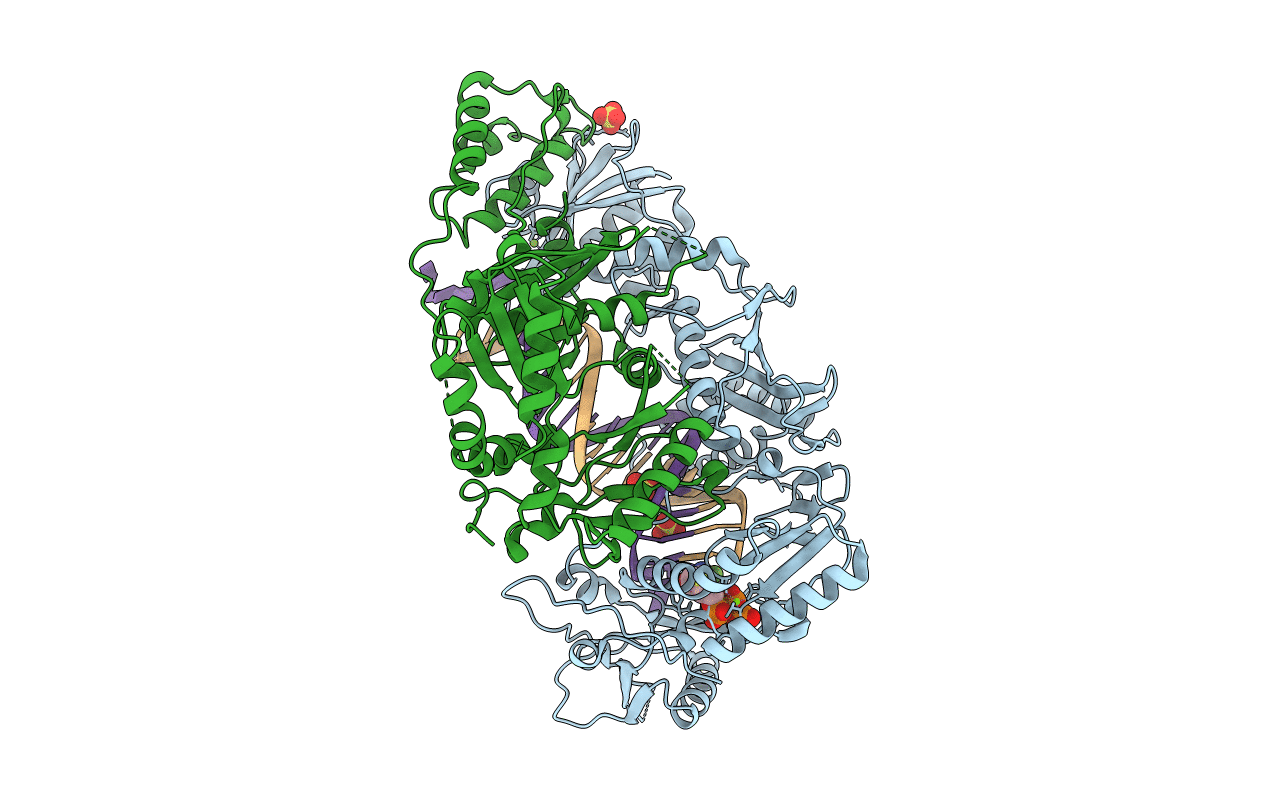
Deposition Date
2019-04-29
Release Date
2019-07-24
Last Version Date
2024-11-13
Entry Detail
PDB ID:
6OR7
Keywords:
Title:
Structure of HIV-1 Reverse Transcriptase (RT) in complex with DNA AND (-)FTC-TP
Biological Source:
Source Organism:
Human immunodeficiency virus type 1 group M subtype B (isolate HXB2) (Taxon ID: 11706)
synthetic construct (Taxon ID: 32630)
synthetic construct (Taxon ID: 32630)
Host Organism:
Method Details:
Experimental Method:
Resolution:
2.53 Å
R-Value Free:
0.24
R-Value Work:
0.21
R-Value Observed:
0.21
Space Group:
C 2 2 21


